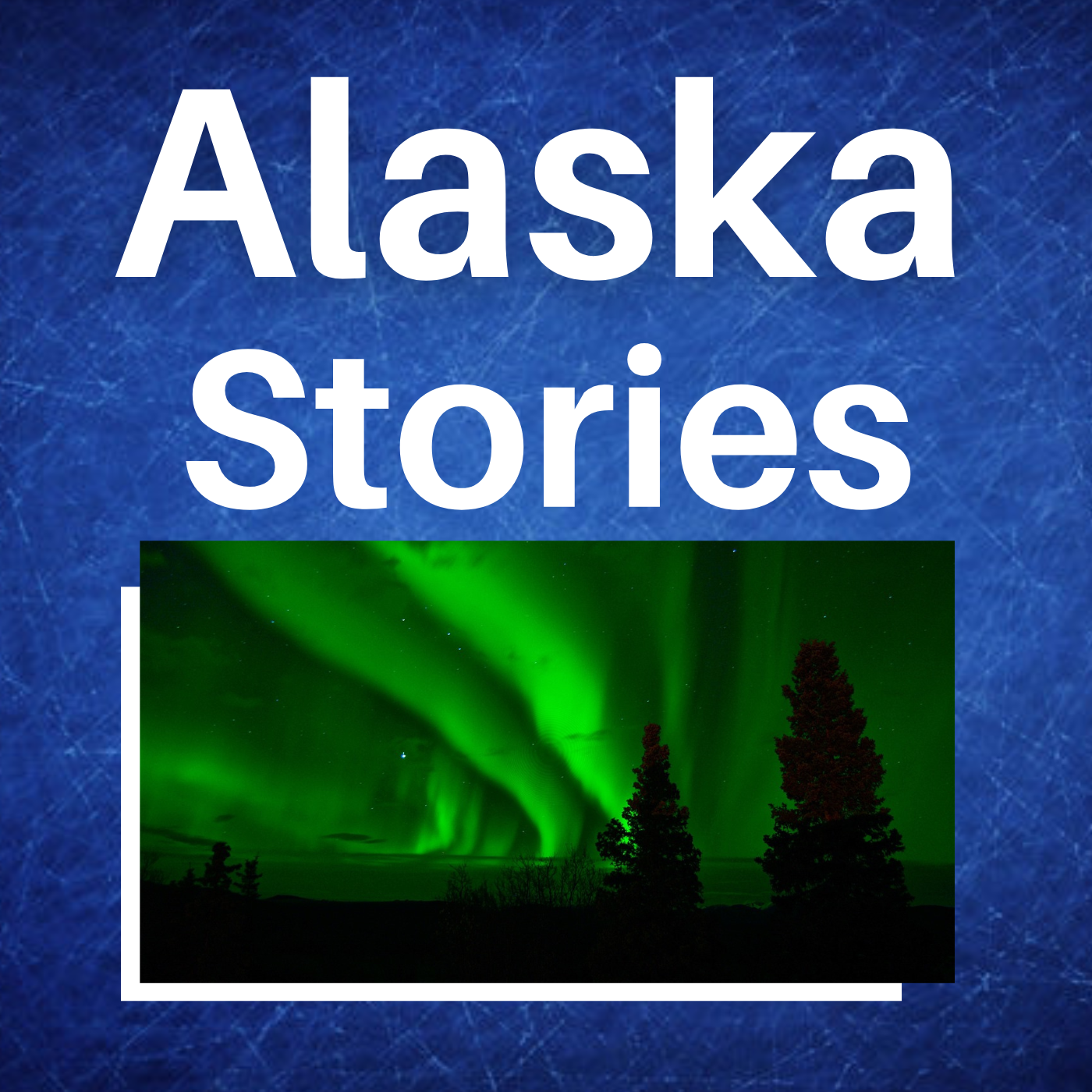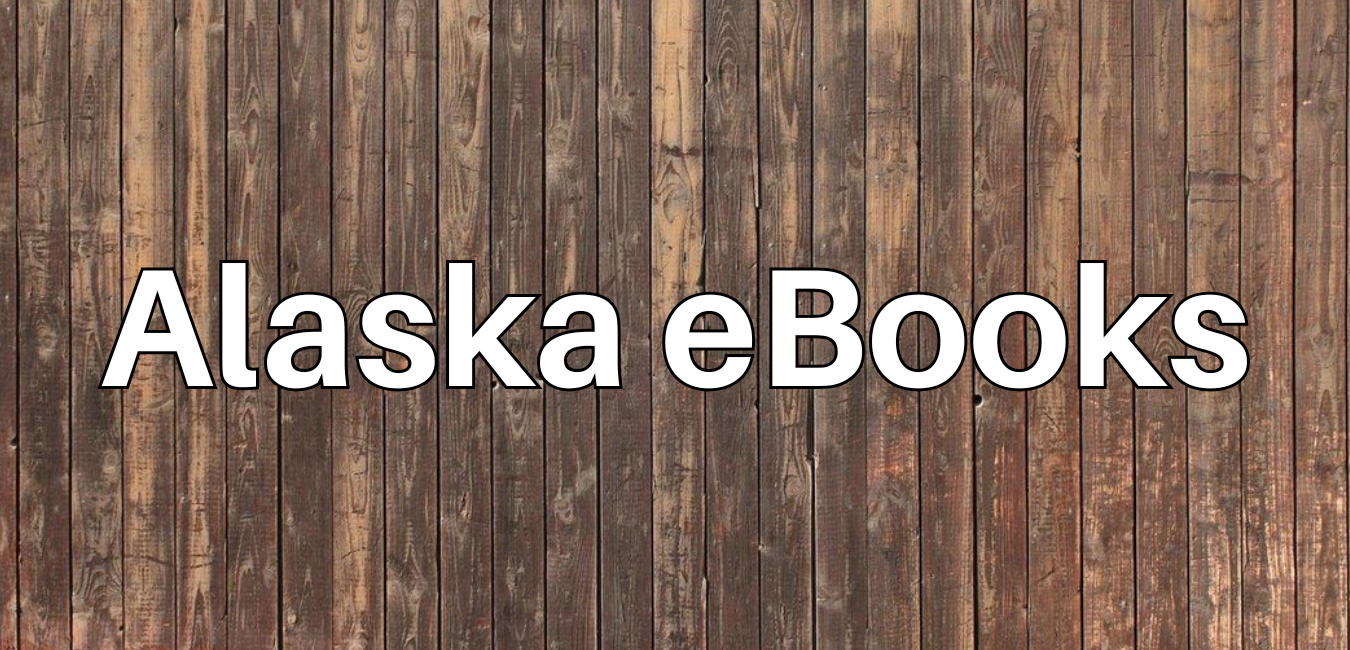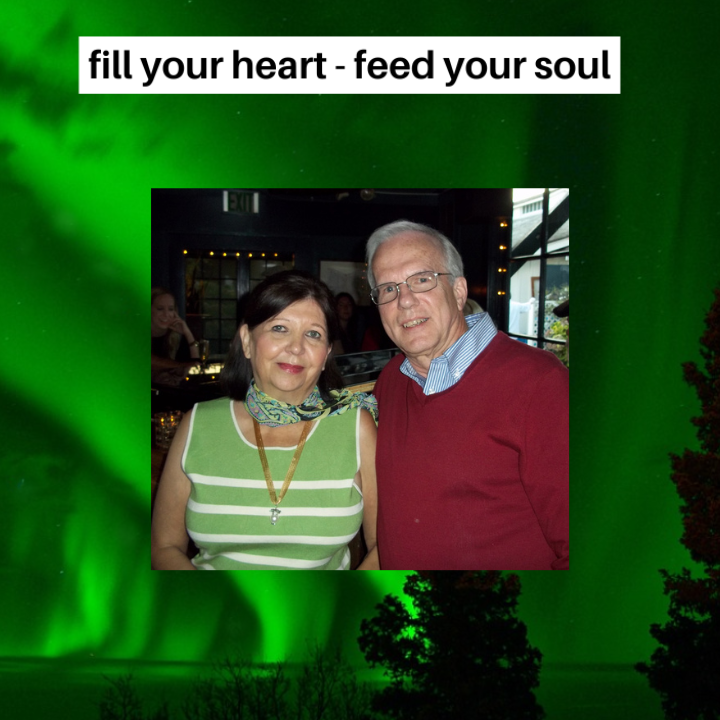Cordova and the
Great Alaskan Earthquake
A true story of how a school teacher and his family rode out the 1964 earthquake in Cordova, Alaska.
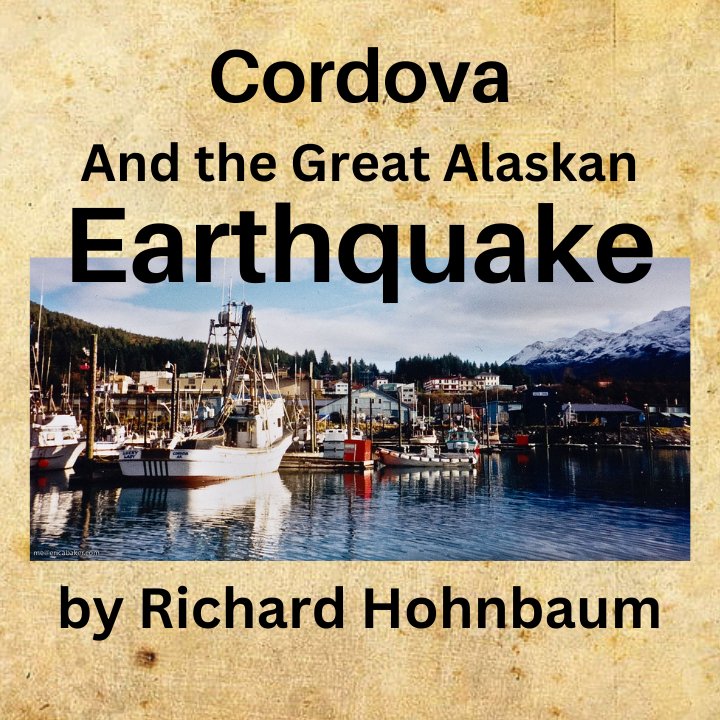
I was a schoolteacher in Cordova for 8 years.
The following is our family's experience with the 1964 Alaskan earthquake.
On Friday, school got out 1/2 day early that week because of Good Friday. We had just sat down to dinner when we felt the house shake, but no big deal, because every time a Cat (bulldozer) went up the road in front of the house, which was quite often, the house rattled and shook. I jumped up to see if it was a Cat bulldozer and the road was empty. It was then that Glee and I realized it must be an earthquake.
Having been in three minor quakes earlier in my life, I realized the strongest part of the house was the doorway. Glee took two kids, and I took two kids, and each of us stood in doorways. She was between the kitchen and living room, and I was between the snow room and living room.
Two of the wall hanging clocks were banging against the wall, so I made my two kids promise not to move, and I ran into the living room and put both of the clocks on the floor. In returning to my doorway, I looked out the front window and saw the school across the street going up and down with the ground waves. It was not only amazing but scary, for the ground under our house was also doing the same thing.
We did not lose electric power or water and felt very lucky.
The Great Alaskan Earthquake hit Cordova at 5:36 p.m. with a 9.2 magnitude, the second largest recorded in the world at that time, lasting 4 minutes 38 seconds but seemed like a lot longer.
The Cordova harbor dropped about 7 feet, making it inaccessible for the fishing boats and canneries to use. The docks and moorage areas were “high and dry.” We lost plenty of boats due to damage from being tossed around on top of each other.
Meet 1964 Earthquake Survivors
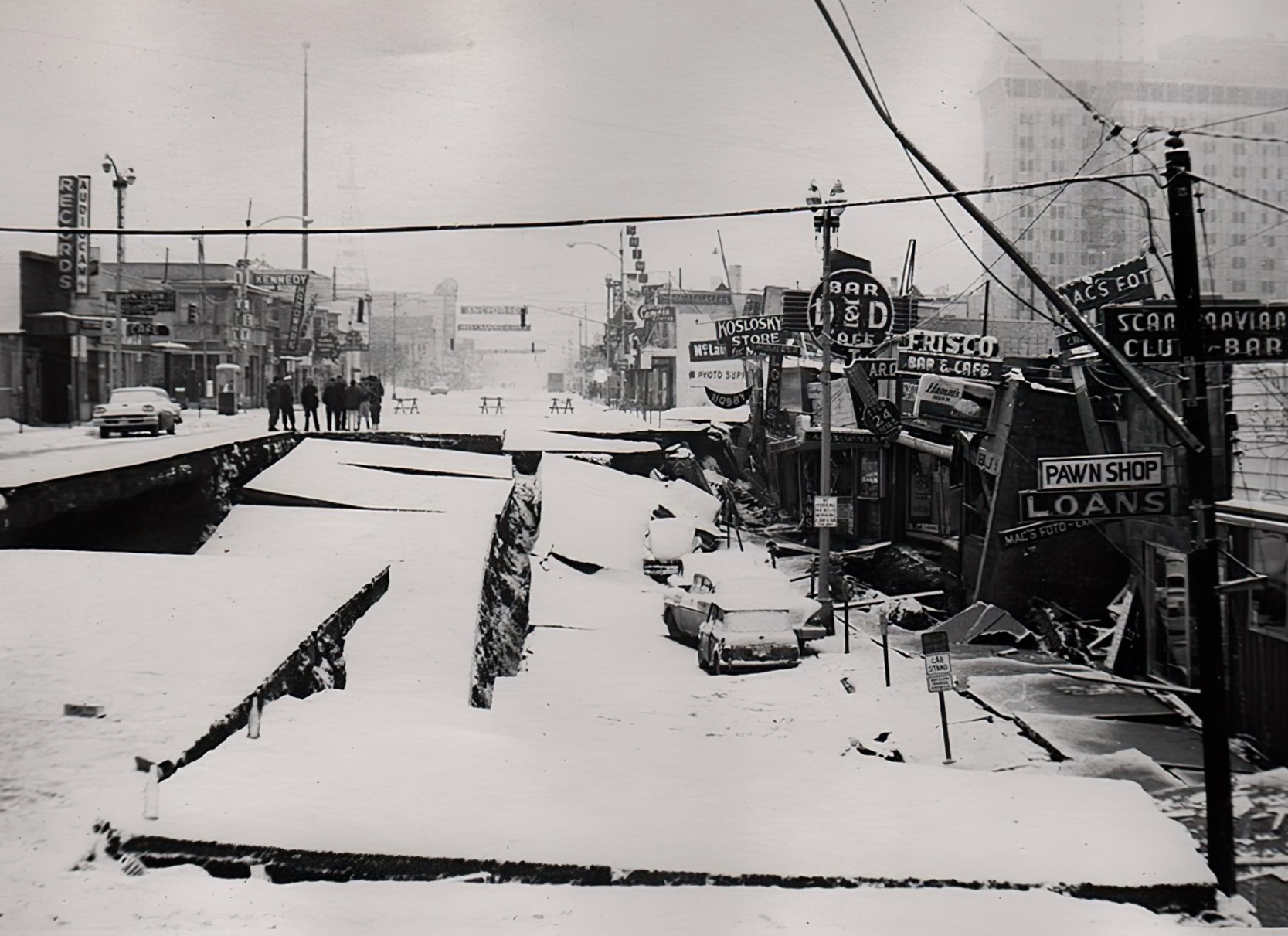 photo by Ed Rosek
photo by Ed RosekSurvivors tell their stories about what it was like in Anchorage, Alaska, during and after the Good Friday earthquake in 1964.
Richard Hohnbaum's Cordova earthquake story continues.
When the earth settled down, the main concern was the welfare of the residents and the fire and safety of the buildings in the village.
When
I realized that my family was ok, I dressed for rough work and went out
to survey the damage and to check on people. It looked like the
hospital, church, Mt. Eccles Elementary, and the post office were ok, but
closer to the water, on Prince William Sound, the damage was awful.
One of our church families home was severely damaged, and finding that they were all right, I sent them up to our house. The
Baylor's house was in question if it would stay standing, so we had a
couple of families sleeping on our floors. Our kids give up their bed
for older adults.
We had no idea how far the earthquake had
affected Alaska, so most of the adults spent the night around our kitchen
table listening to the one radio station that we could get. We were usually not able to get that station. But we found out afterward that
the Coast Guard in Yakutat, a village south of us about 50 miles, took
over that frequency as an emergency measure. So we listened to what
they were able to relay to us about Anchorage, the Kenai Peninsula, Valdez, and Juneau.
Our place became sort of the communication
hub for Cordova since our Cordova radio station, KLAM was knocked out
due to the earthquake. KLAM had a very limited broadcast range in both
sending and receiving.
The next day, Saturday, we became aware of the disaster that had hit two of our closest native villages, Chenega and Afognak.
Both of those villages were basically washed away in the tsunami
that hit after the quake. Chenega lost 25 of their 76 residents, and
Afognak did not keep numbers, so we did not know how many survived
there. The survivors from the two villages, with the help of the Coast
Guard, made their way to Cordova. They arrived with only the clothes on
their backs were scared, tired, hungry, and grieving for their losses in
people and the villages.
We opened up the Christian Center gym
and used emergency cots, blankets, and dry food that we had been storing
for civil defense use, and they moved into the Center.
They told awful stories of survival.
One aged grandmother told me
that she had her twin granddaughters, who were 5 years old, with her
for the day, and she clung to a tree with one on each side of her. She
lost one of them and was able to get ahold of her and then lost her
completely when one of the huge tsunami waves hit her. She kept saying
over and over, “I had her, I lost her, I had her again, and then she was
gone.”
Alaska Native Service, FEMA, the Bureau of Indian Affairs, and Alaska State Department of Human Resources people descended upon us.
FEMA worked both with the businesses and with the people from the islands,
while the other three worked with the natives that were living in the
Christian Center or displaced people who were staying with friends or
relatives in Cordova.
Each family was interviewed and given
options for solving their housing problem. They could return to their villages, and housing help would be given to them through FEMA. There were
portable manufactured homes, and the infrastructure would be rebuilt, or
they could relocate to Cordova, Anchorage, or some other local as long
as it was in the state of Alaska.
I would say the majority wanted to return to their villages, with a couple that I knew choosing to stay in Cordova.
The deadline of August 15th was given to have all the displaced people
out of the Christian Center and relocated to the place of their choice.
I do not know who set that deadline. I believe it came down from a
collective decision of the agencies that were involved.
After the first week following the quake, things settled down into a routine.
Rebuilding started in Cordova
for the dock and homes lost. The displaced natives were a very
resilient group, and began to live the best they could in their crowded situation and to make decisions for their future.
The one
teacher who was teaching in the Chenega Village held some classes for
the displaced children. It was visiting the Christian Center one day
when I was invited by some native women to enjoy fish-head soup. I
honestly did not want to, but also did not want to refuse an offering
gift.
It really was good, much to my surprise, and they were kind enough to make sure I got the broth and the seaweed and left the fish-head parts.
I
had radiograms again from ACS to both sets of parents to let them know
we were all fine and did not incur any damage or loss to our house, so
we thought.
Alaska State sent in engineers to assess the damaged buildings and to determine the safety of all the buildings in Cordova, including our rental house.
The
assessment of our house was that we needed to find a new home. Cordova
is built on the side of a hill composed mainly of granite rock, but there
are patches of muskeg. We were advised that they were not certain our
house would be safe when the spring thaw arrived and the muskeg below
part of our house would become mush.
We continued to have after shocks.
In
the days following the big quake, we had 11 tremors with a magnitude of
6.2, and small tremors continued for the next couple of months.
I now live in Salem, Oregon.
Cordova
Quake Damage
1964
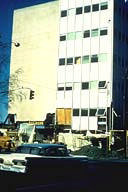
“We lived in Cape Yakataga, Alaska, to the south of Cordova, when the quake hit. I can still remember that day and time like it happened yesterday.”
Mike G.
BONUS
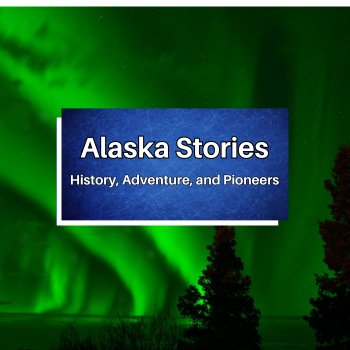
Join for FREE and get Alaska Stories
from two Alaskans





